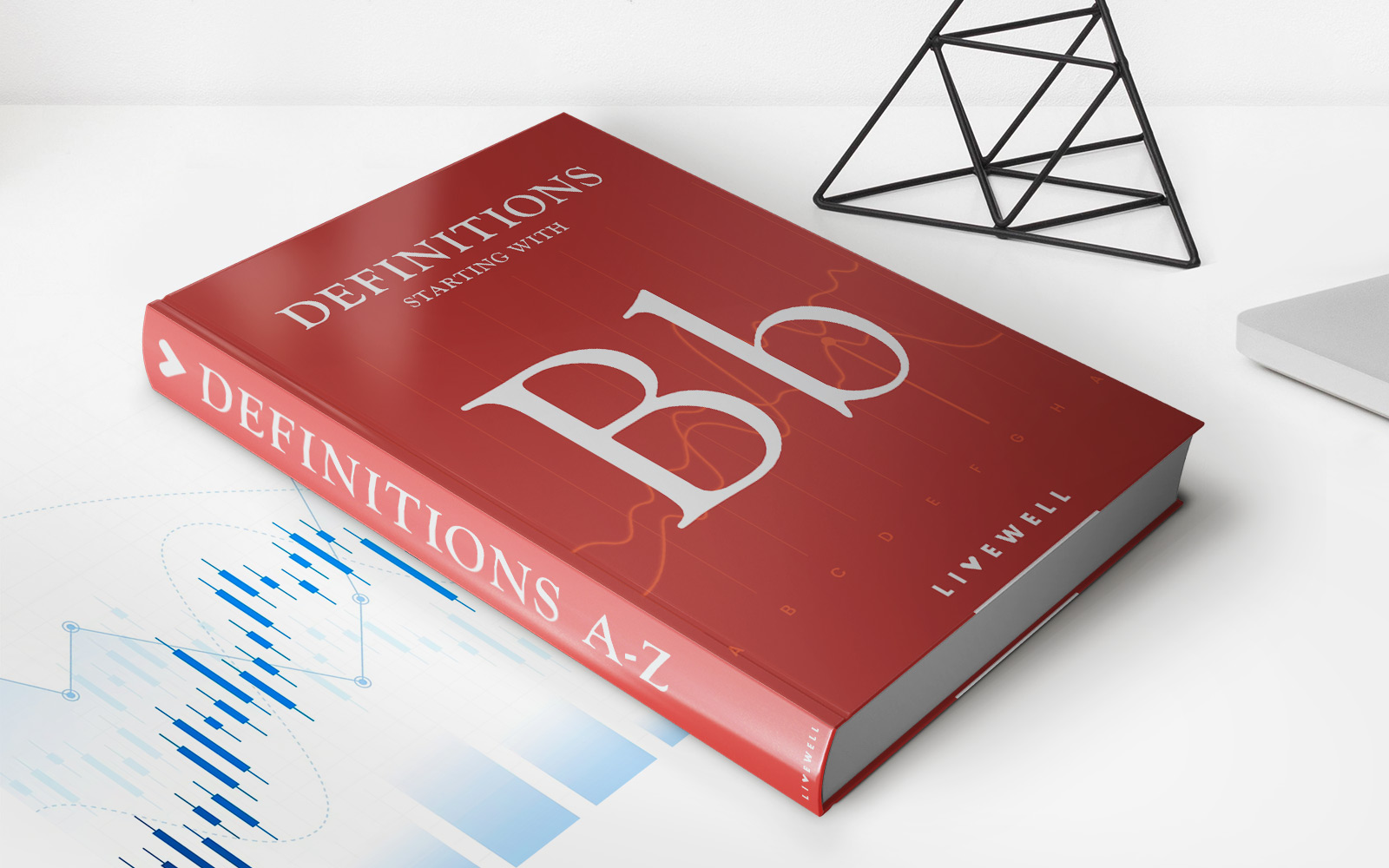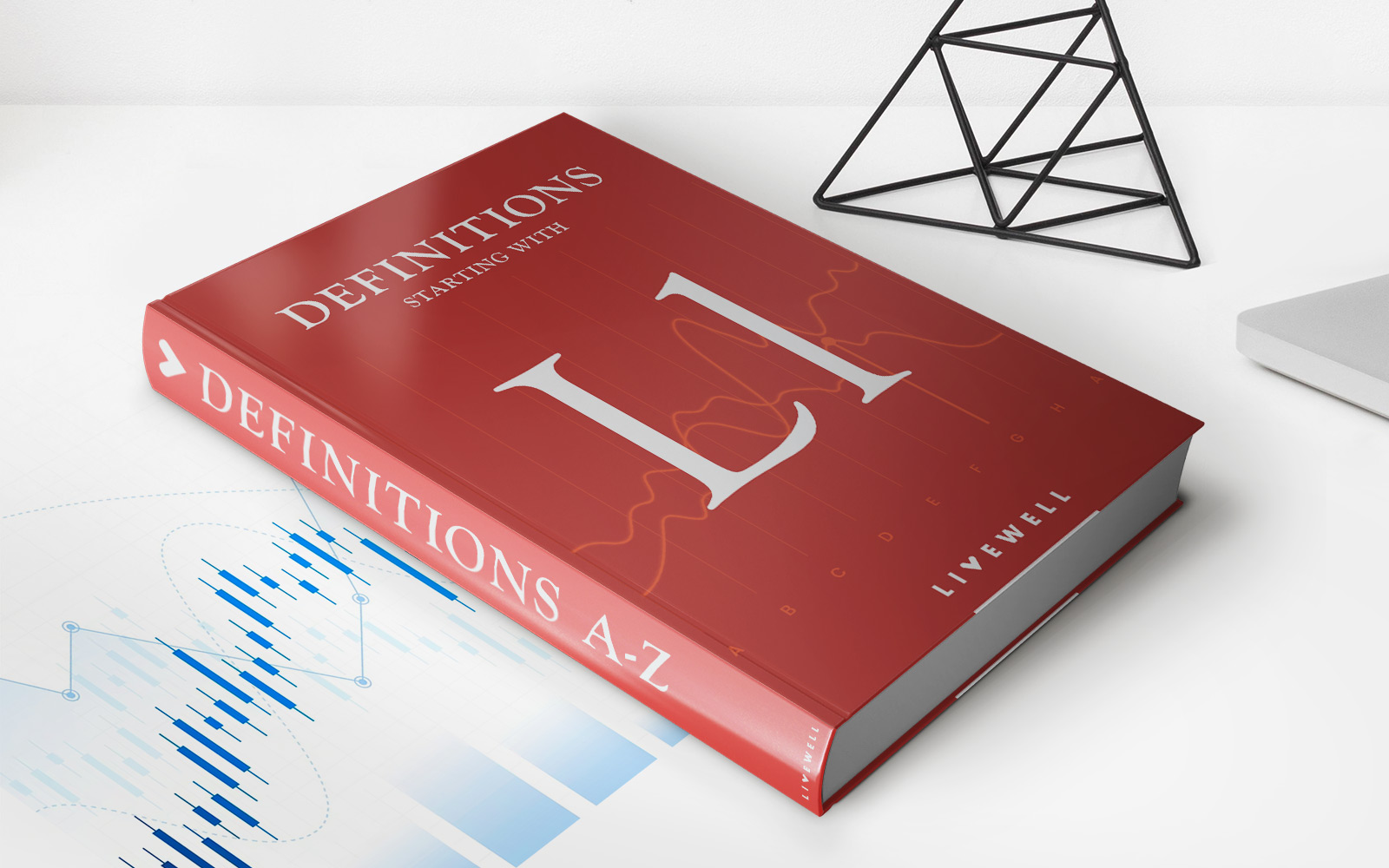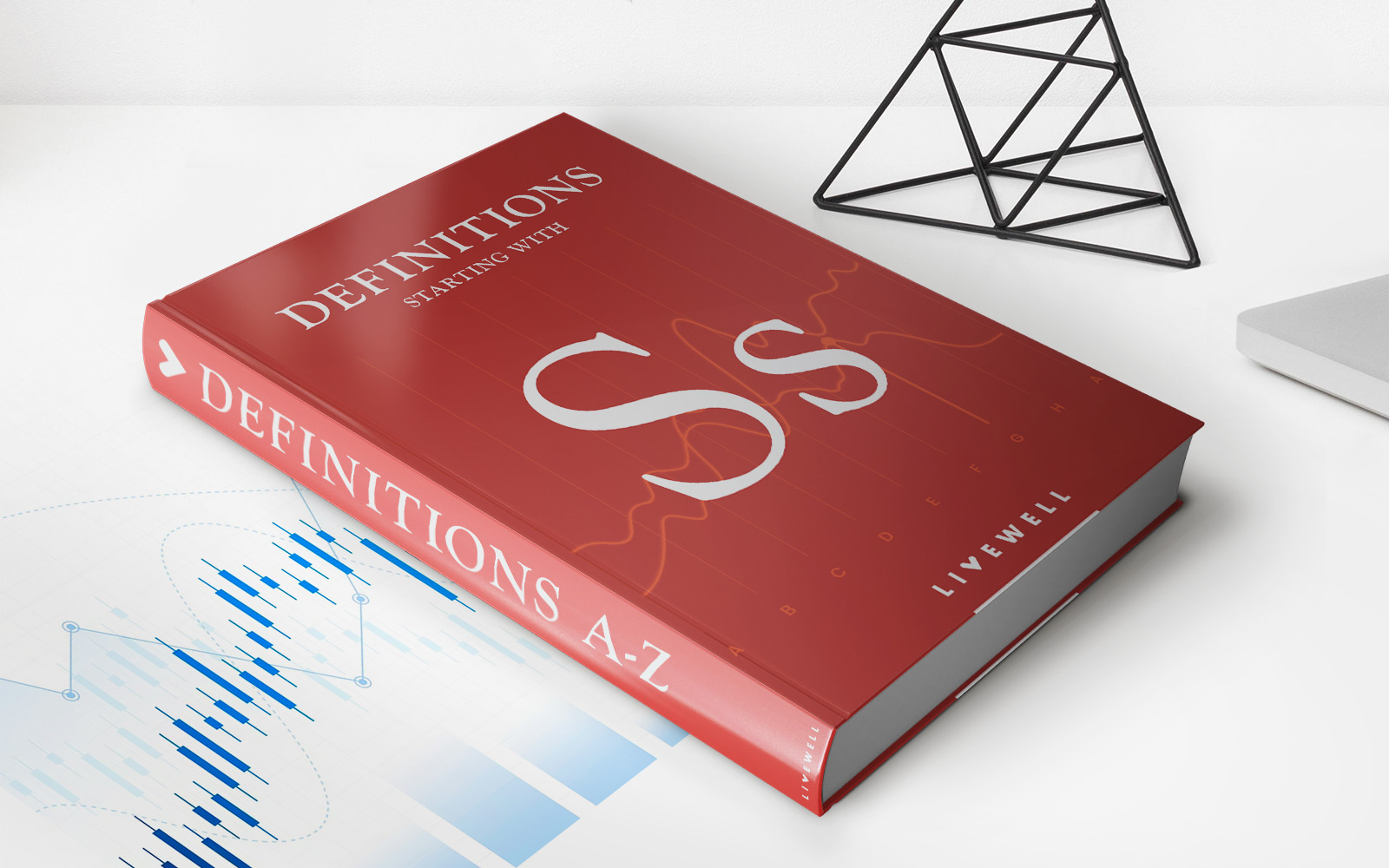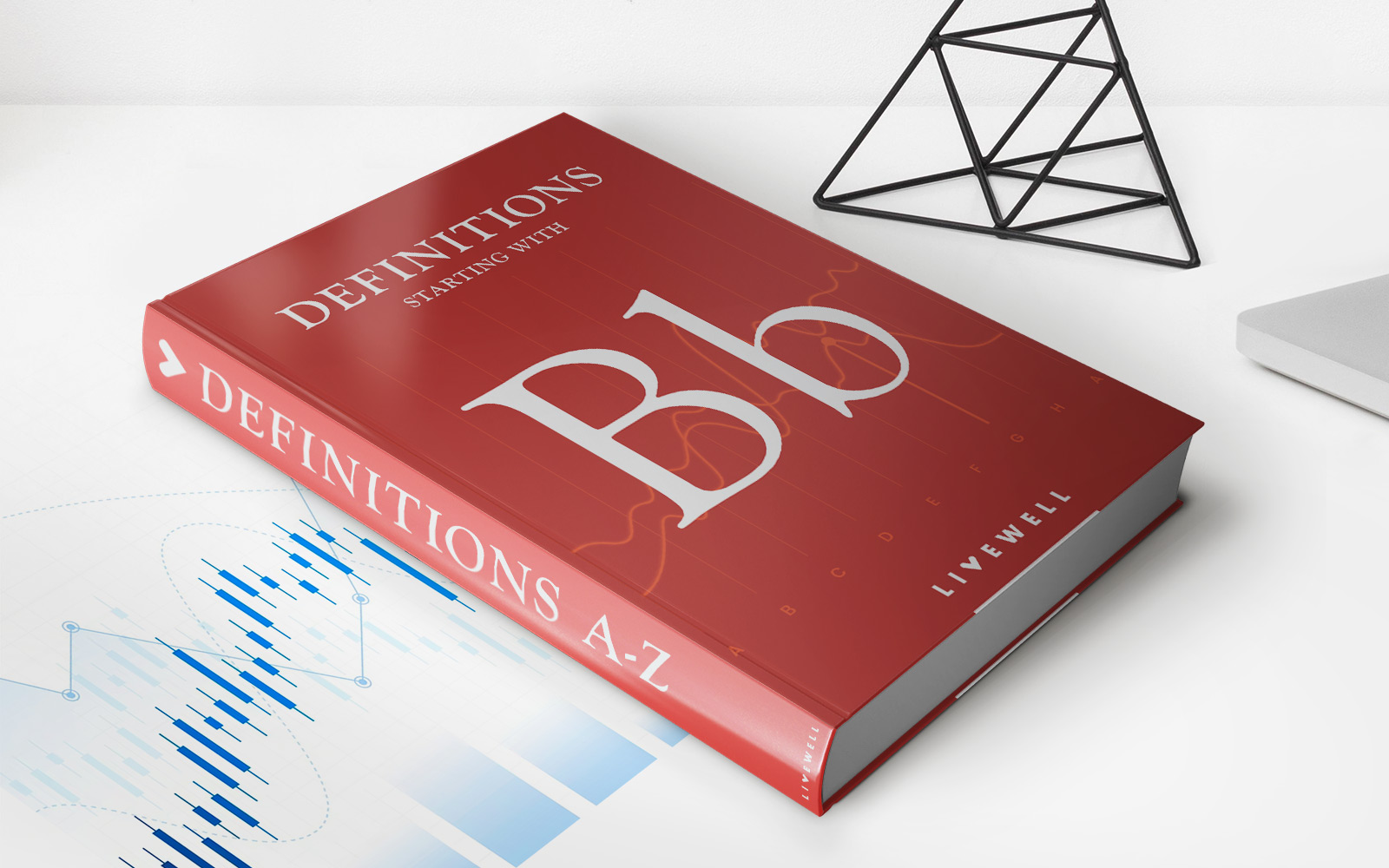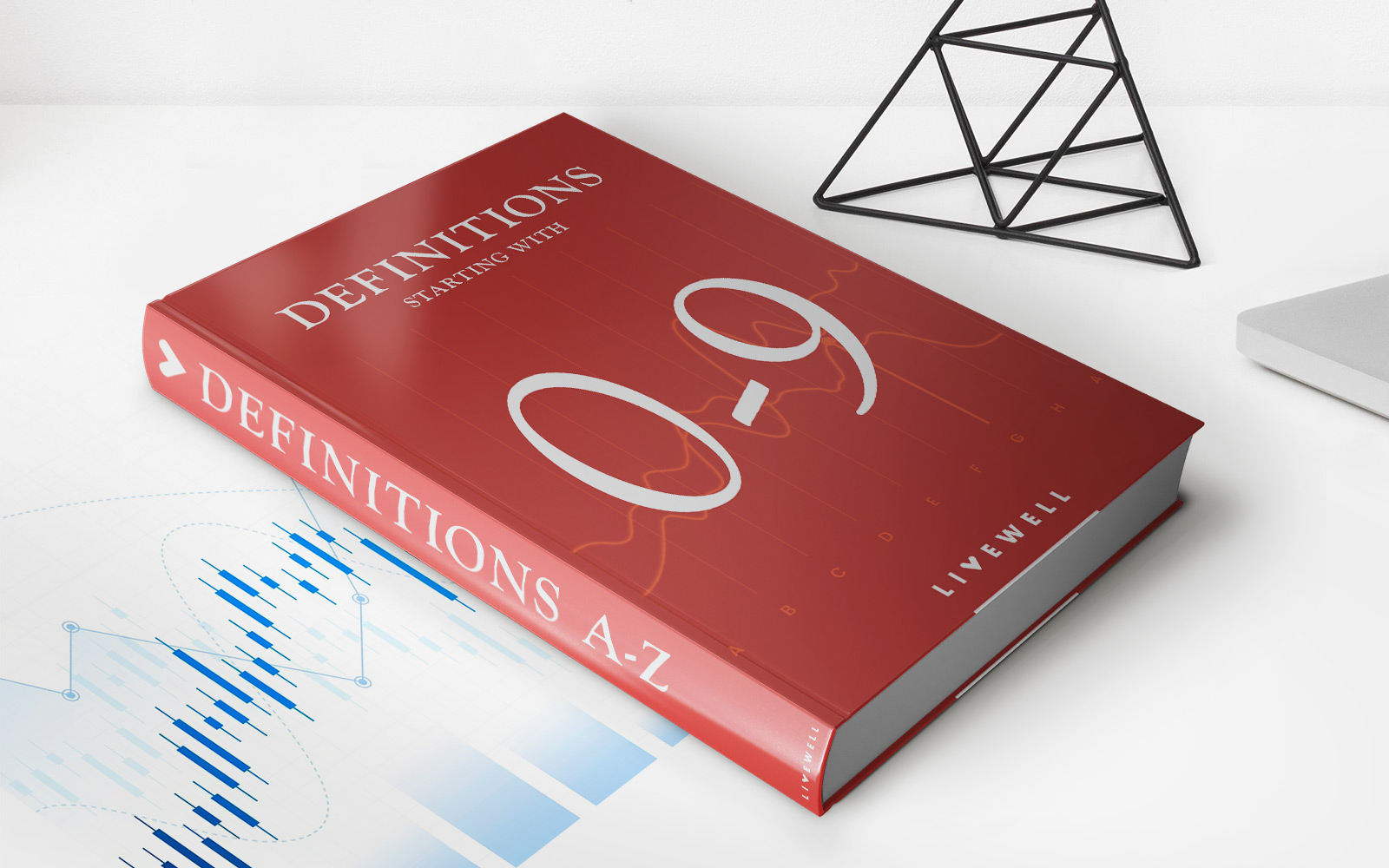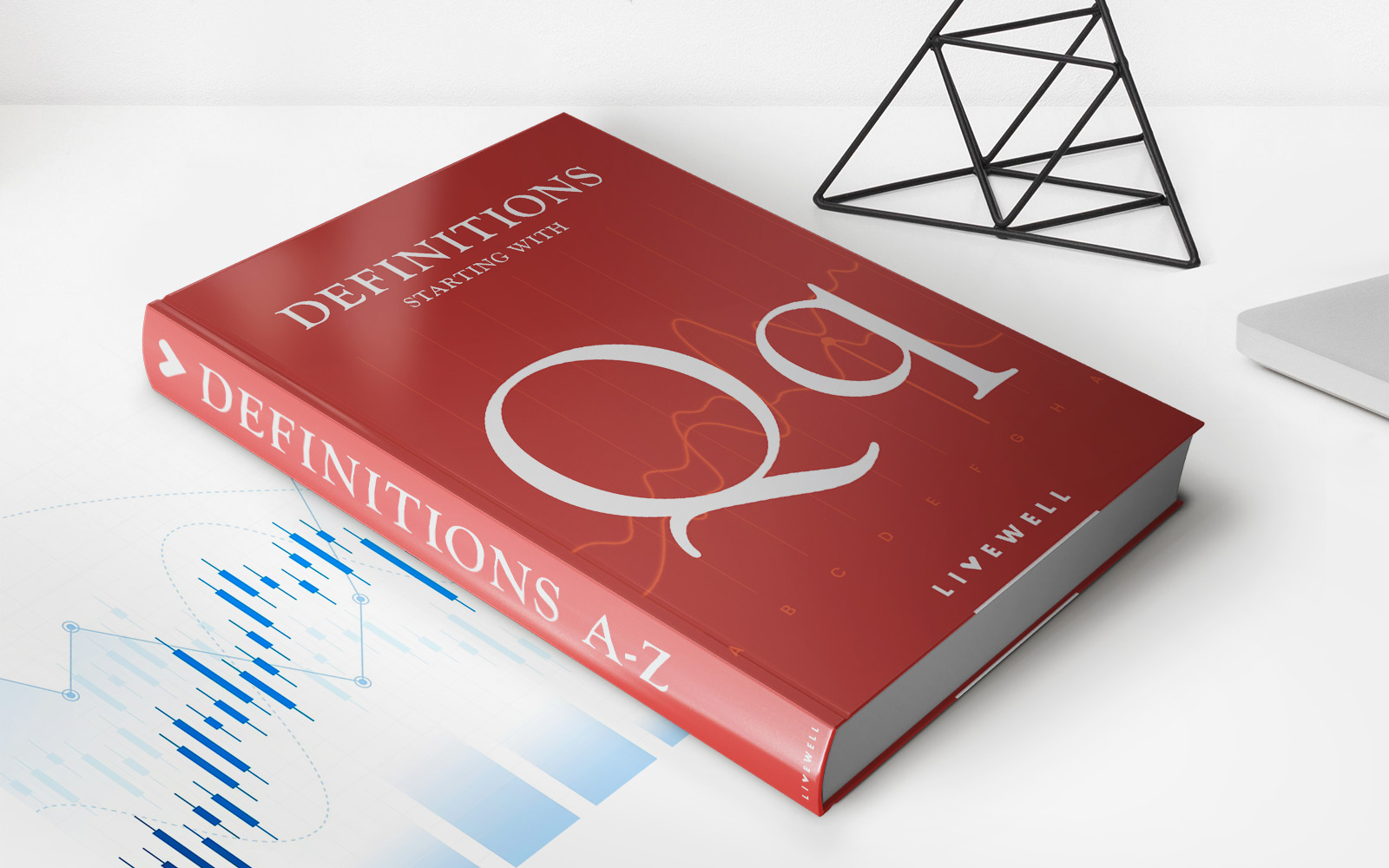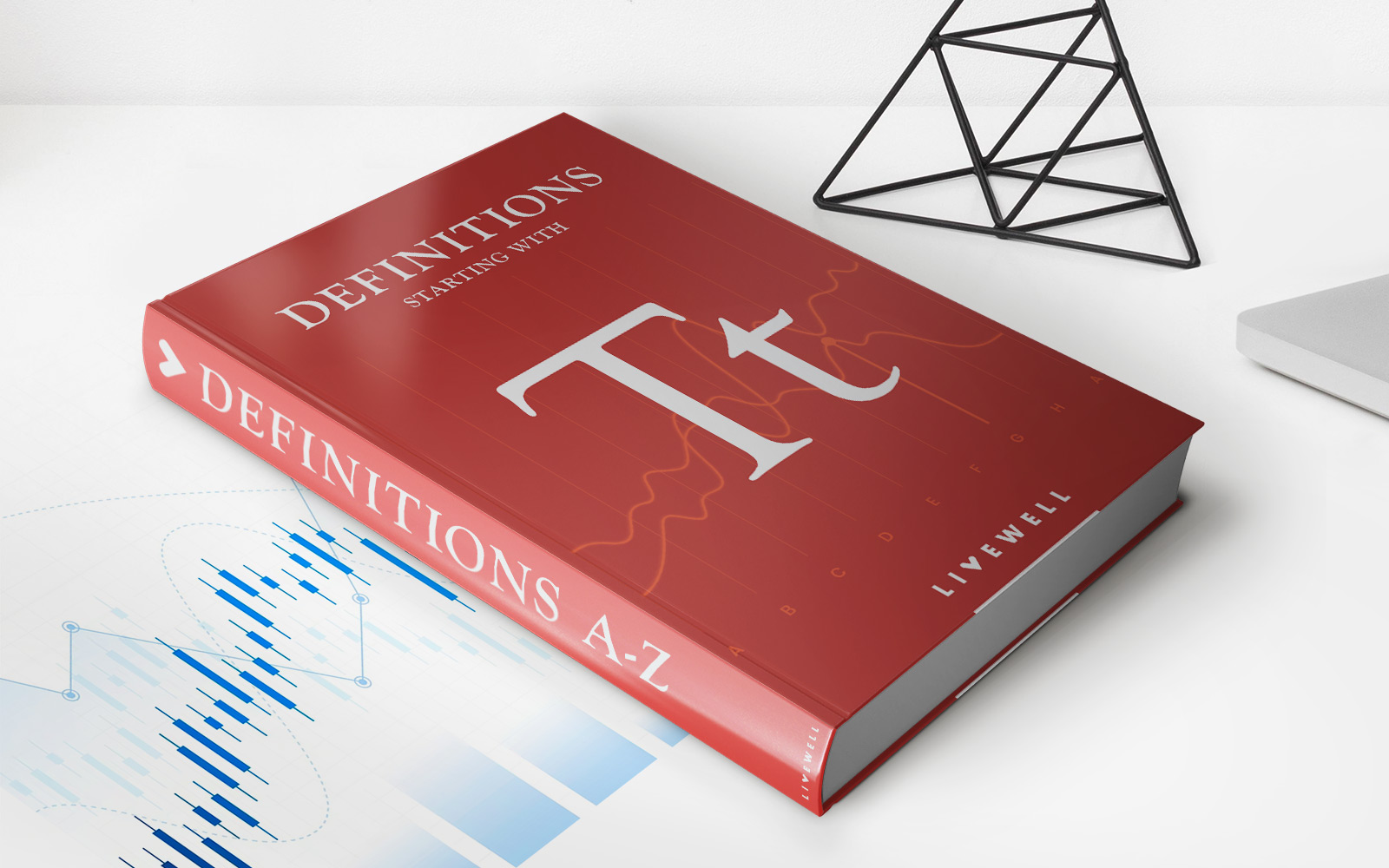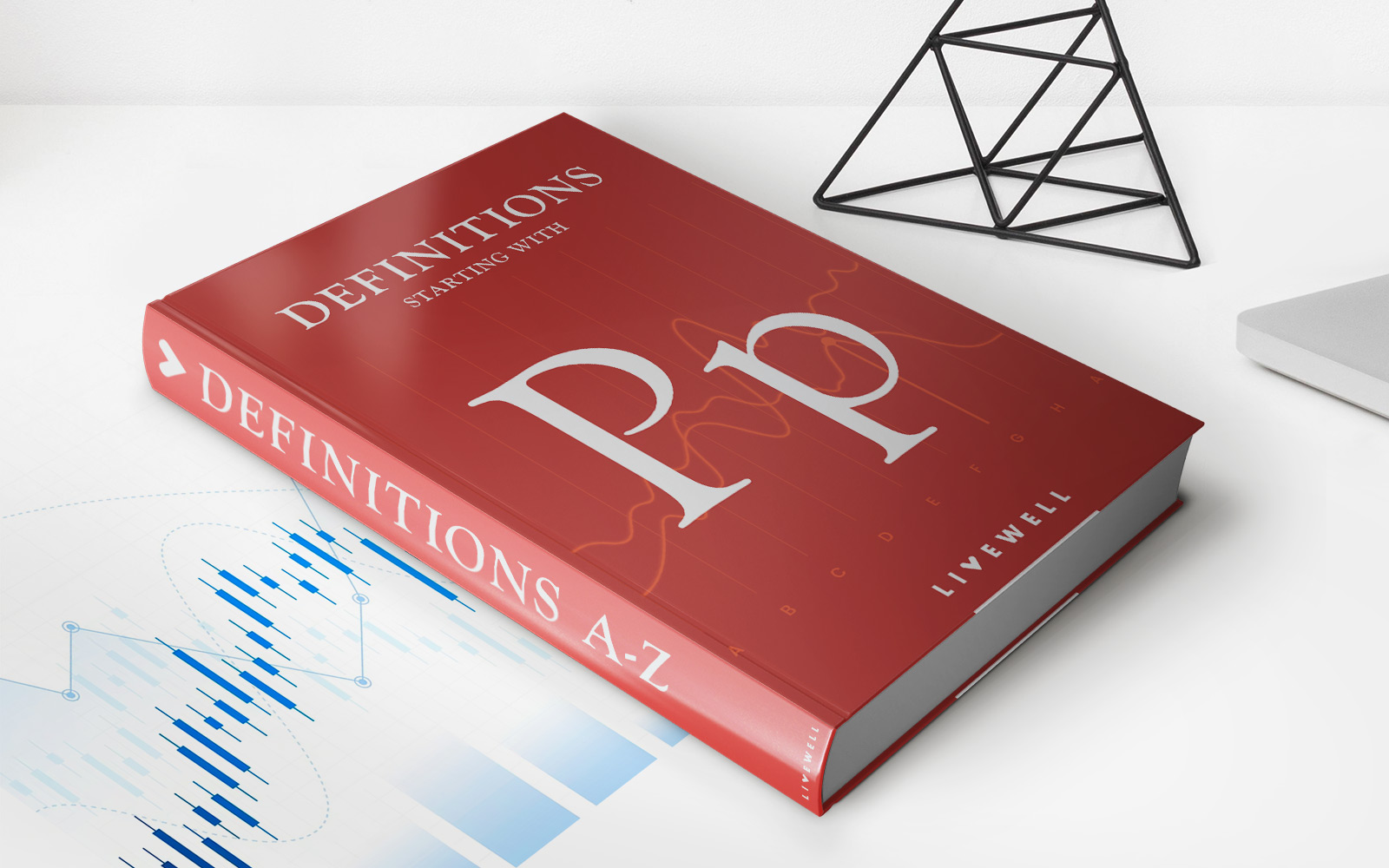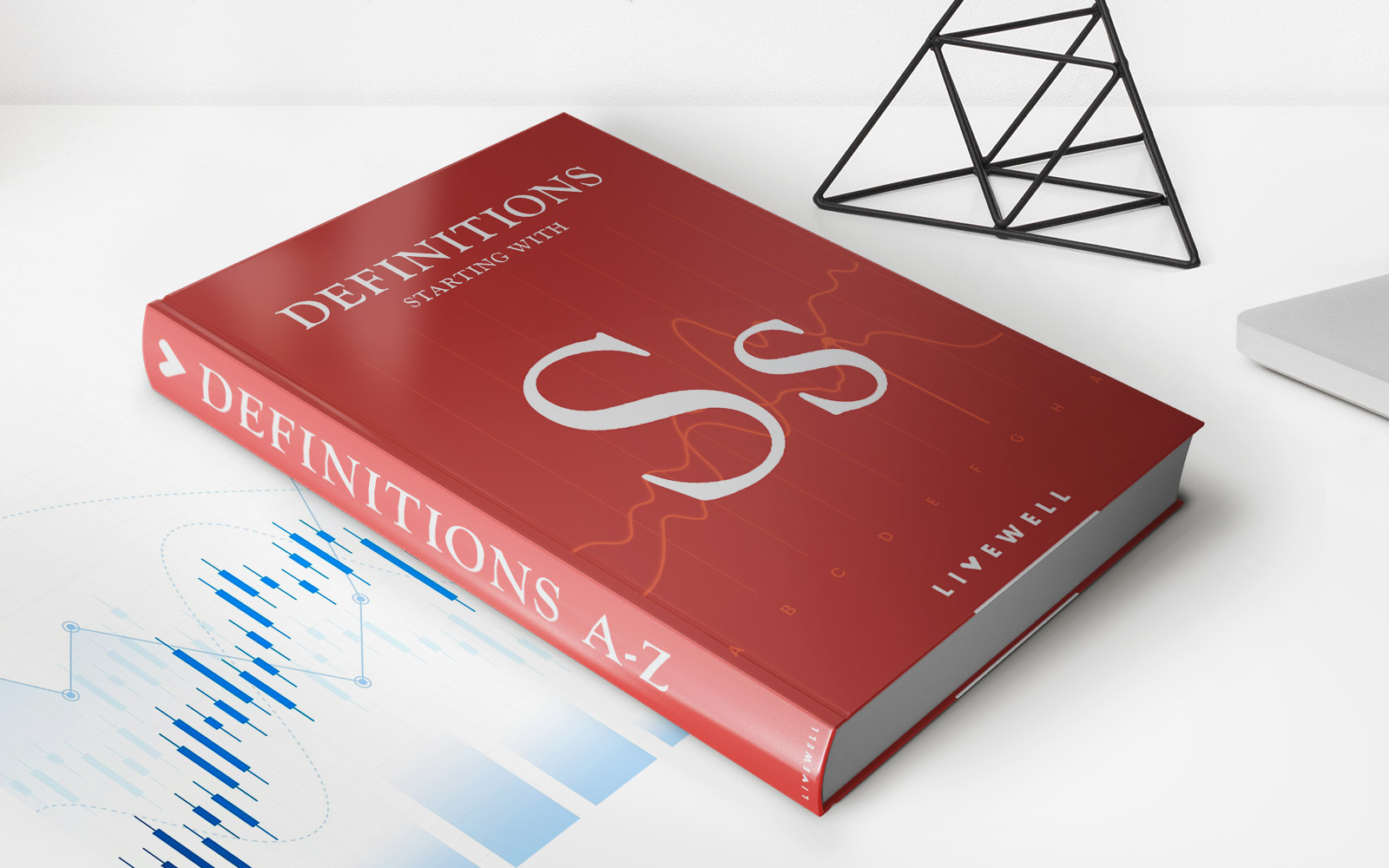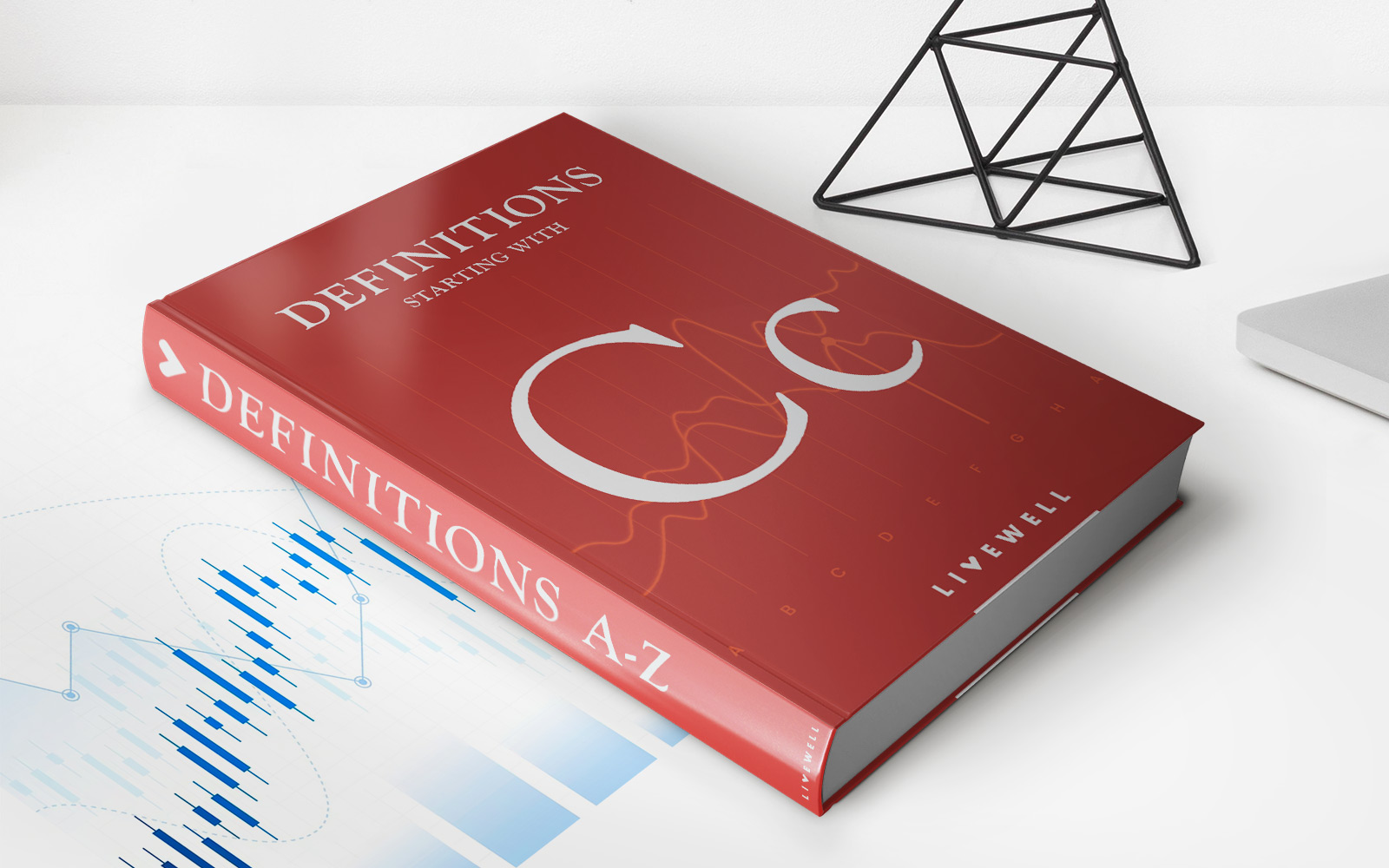

Finance
Chapter 10 Bankruptcy Definition
Published: October 26, 2023
Learn the definition of Chapter 10 bankruptcy in the realm of finance and understand its implications on personal and business finances.
(Many of the links in this article redirect to a specific reviewed product. Your purchase of these products through affiliate links helps to generate commission for LiveWell, at no extra cost. Learn more)
Understanding Chapter 10 Bankruptcy: A Comprehensive Guide
When it comes to navigating the complex world of finance, it’s important to understand the various tools and options available to individuals and businesses. One such tool is Chapter 10 bankruptcy. In this blog post, we will provide a comprehensive guide to Chapter 10 bankruptcy, explaining its definition, key features, and how it can impact different stakeholders.
Key Takeaways:
- Chapter 10 bankruptcy is a specific chapter of the bankruptcy code that primarily focuses on reorganizing financially distressed businesses.
- It allows businesses to restructure their debts and develop a plan to repay creditors while staying operational, thus offering them a chance for financial recovery.
What is Chapter 10 Bankruptcy?
Chapter 10 bankruptcy is a specific chapter of the bankruptcy code that primarily focuses on the reorganization of financially distressed businesses. It allows businesses facing insolvency to restructure their debts and develop a plan to repay creditors over an extended period of time while staying operational.
Unlike other chapters of bankruptcy, such as Chapter 7 (liquidation) or Chapter 13 (individual debt adjustment), Chapter 10 bankruptcy is specifically designed for businesses. It provides a framework for companies to manage their debts, preserve jobs, and potentially find a path to financial recovery.
How Does Chapter 10 Bankruptcy Work?
Chapter 10 bankruptcy proceedings typically begin with the filing of a petition by the business in financial distress. Once the petition is filed, an automatic stay is put into effect, which halts all collection actions by creditors. This provides the business with a temporary reprieve from financial pressure, giving them the opportunity to regroup and develop a reorganization plan.
Under Chapter 10 bankruptcy, the business will continue its operations, but with oversight from the bankruptcy court and the appointment of a trustee. The trustee works closely with the business to examine its financial situation, evaluate the viability of the proposed reorganization plan, and negotiate with creditors to reach a mutually agreeable solution.
Once a reorganization plan is approved, the business follows it diligently, making scheduled payments to creditors over a specified period of time. This allows the business to reduce its debts, renegotiate contracts, and potentially return to profitability. However, it’s important to note that not all businesses are able to successfully emerge from Chapter 10 bankruptcy, and some may eventually transition to Chapter 7 or cease operations altogether.
The Impact of Chapter 10 Bankruptcy
Chapter 10 bankruptcy not only provides a way for struggling businesses to restructure their debts but also impacts various stakeholders involved. Here’s a breakdown of how Chapter 10 bankruptcy can affect different parties:
- Business Owners: Chapter 10 bankruptcy provides business owners with an opportunity to preserve their enterprise and work towards a financial turnaround. It allows them to stay in control of the business under the guidance of the court and the trustee.
- Employees: By opting for Chapter 10 bankruptcy, a business can potentially safeguard jobs and protect employee interests. Restructuring plans may involve workforce reduction or renegotiation of employment contracts, but the goal is to keep operations running and retain as many jobs as possible.
- Creditors: Chapter 10 bankruptcy aims to treat all creditors fairly by developing a plan that outlines how they will be paid over time. Creditors may receive a portion of the outstanding debt, either through a lump sum payment or in regular installments, depending on the terms of the reorganization plan.
- Competitors: Chapter 10 bankruptcy can influence the market dynamics by either allowing a struggling business to reemerge as a stronger competitor or by creating opportunities for competitors to acquire assets or customers of the bankrupt company.
In Conclusion
Chapter 10 bankruptcy provides a lifeline for financially distressed businesses, offering them the opportunity to restructure their debts, develop a reorganization plan, and potentially regain financial stability. Understanding the ins and outs of Chapter 10 bankruptcy can be crucial for business owners, employees, creditors, and competitors alike, as it outlines the processes and potential outcomes involved in this specific chapter of the bankruptcy code.
If your business is experiencing financial distress, it’s advisable to consult with a legal and financial professional who specializes in bankruptcy law to assess whether Chapter 10 bankruptcy is a viable option for your situation.
